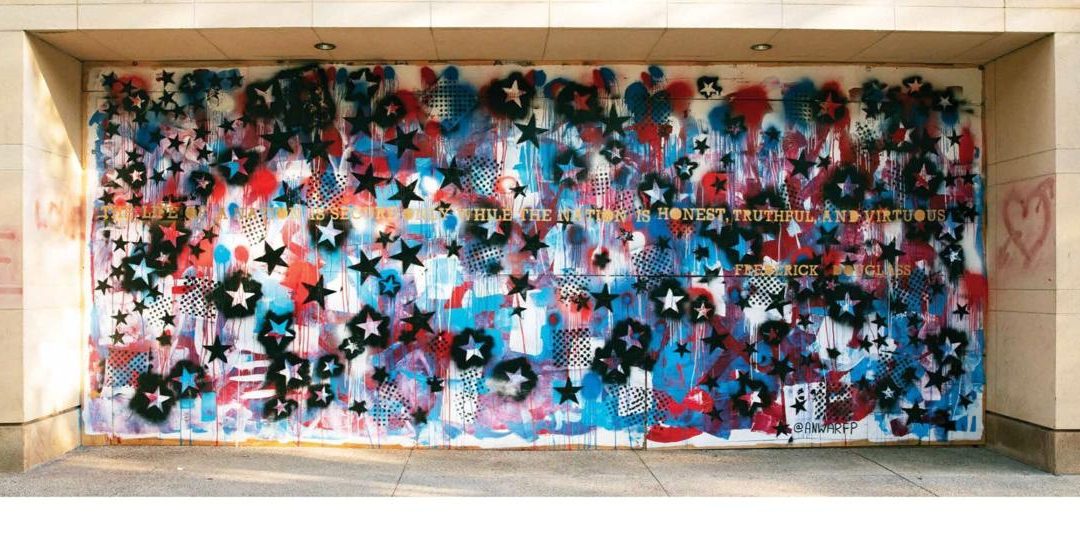This Is A Revolution. Justice4Everyone.
Those words were painted on boarded up windows at 227 State St. early last summer and were part of a blocks-long impromptu art gallery that sought to both beautify a stretch of plywood boards and give voice to those protesting against the police killing of Black people.
The messages captured a moment in time.
The protests that took over downtown Madison streets throughout the summer led to business owners boarding up their storefronts after windows were broken. Those boards, in turn, became canvases carrying messages of anguish and pride from people of color.
But as the intensity of the protests subsided and the boards started to come down, many grew concerned that the messages of the murals would be lost. Preserving the works of art and their messages became a priority for Dane County Judge Everett Mitchell.
“But artists can change the way that’s reflected and redefine those landscapes.”
Mitchell, the city of Madison, American Family Insurance and others teamed up to create a book, “Let’s Talk About It: The art, the artists and the racial justice movement on Madison’s State Street,” which features vivid photos of the murals and statements from the artists who created them. Weighing in at 256 pages, the hardcover volume is impressive. It comes in its own box.
An effort is underway to get copies of the book in the hands of all the artists and American Family officials are brainstorming ways to make the book widely available to the public, free of charge.

